Konstantin Grcic steps into the sporting arena with an exhibition exploring sport and design
Konstantin Grcic curates ‘Match, Design & Sport – A Story Looking to the Future’ at Musée du Luxembourg, to coincide with the Paris 2024 Olympic Games (until 11 August 2024)
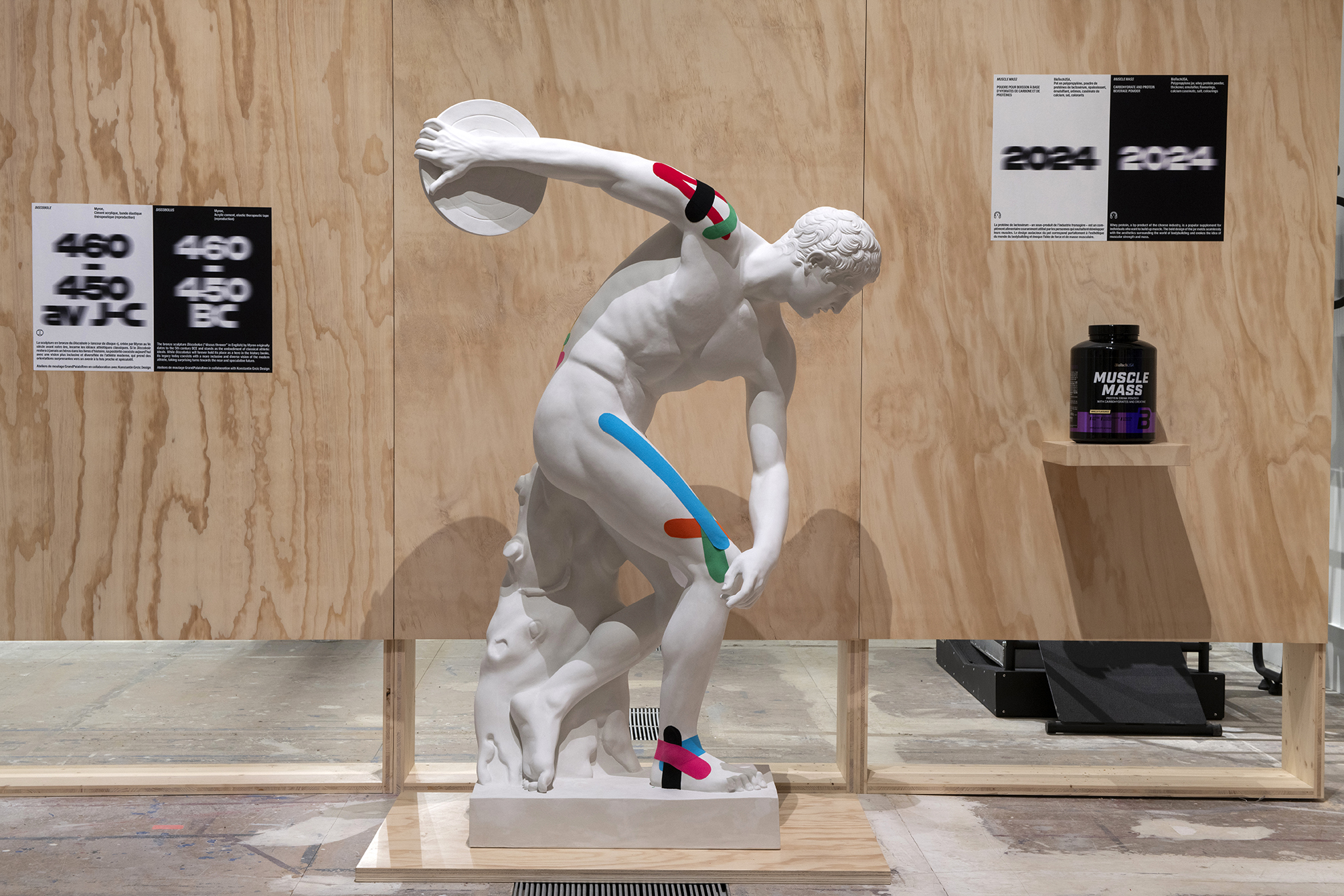
The Musée du Luxembourg on Paris’ Left Bank is best known for hosting exhibitions on historical painting. But to coincide with the Paris 2024 Olympic Games, Chris Dercon – when he was president of GrandPalaisRmn, the cultural institution to which the museum belongs – asked Konstantin Grcic to pitch a curatorial concept around sport and design. The result is ‘Match, Design & Sport – A Story Looking to the Future’, until 11 August 2024.
Konstantin Grcic: ‘Match, Design & Sport – A Story Looking to the Future’
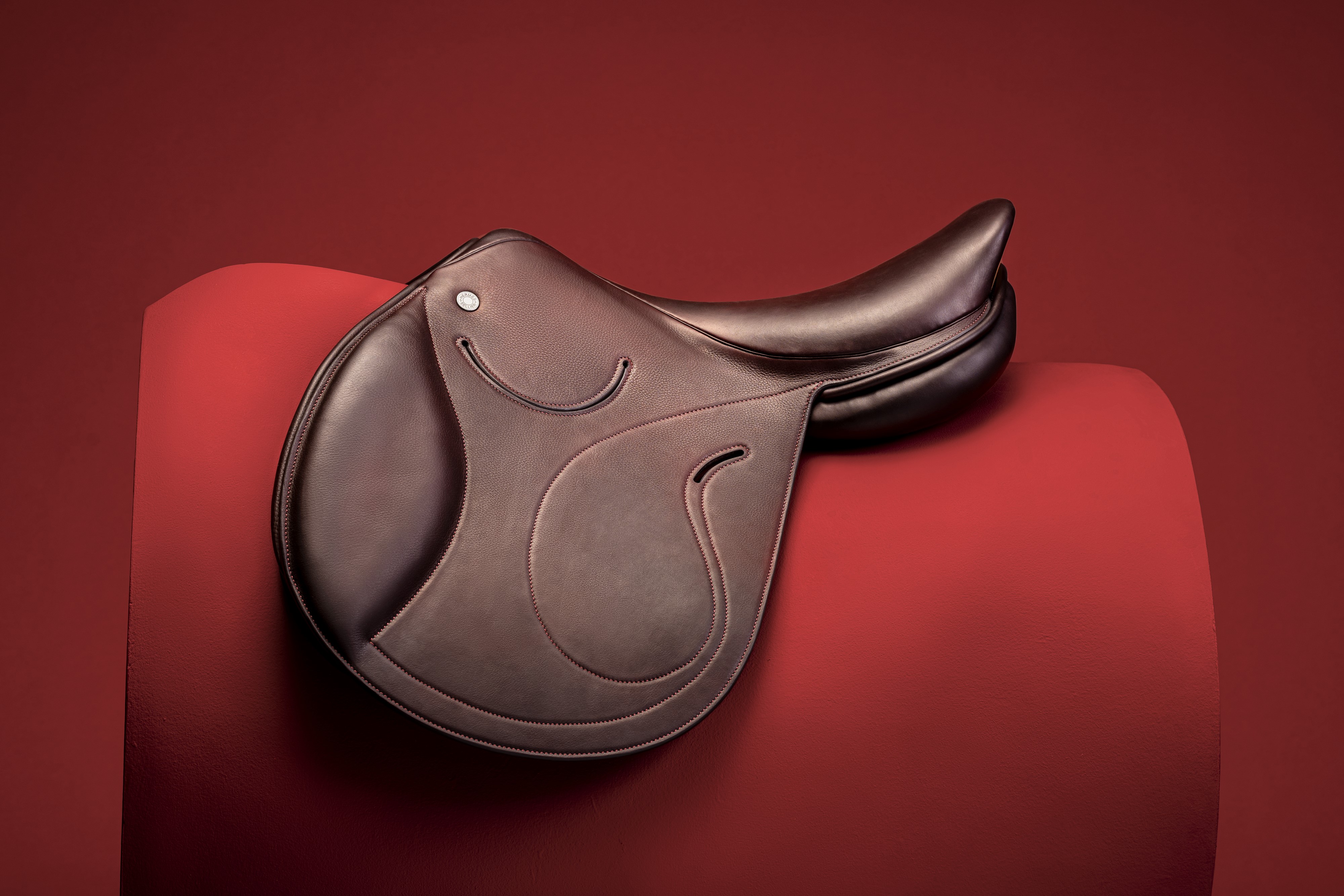
Hermès Selle Faubourg show jumping saddle 2023. Courtesy of Hermès
'It would be true to say that sport was my first design teacher,' Grcic says. 'When I was a kid, I was obsessed with looking at sports equipment and studied catalogues about it for days, weeks, months, years. I think it really informed my becoming a designer. I feel that I have learnt so much from this equipment which is always at the forefront of technological development.'
The German designer, who enjoys long-distance running and alpine skiing, has only dabbled in the sports design arena. He was commissioned by Hugo Boss to create the visual branding for British sailor Alex Thomson’s yacht for the 2016/2017 edition of the Vendée Globe, and worked on projects with Adidas 'that never materialised'. 'It’s a very specialised world; I’d probably have to be a specialist designing running shoes, helmets or sports goggles in order to be the right designer,' he continues.
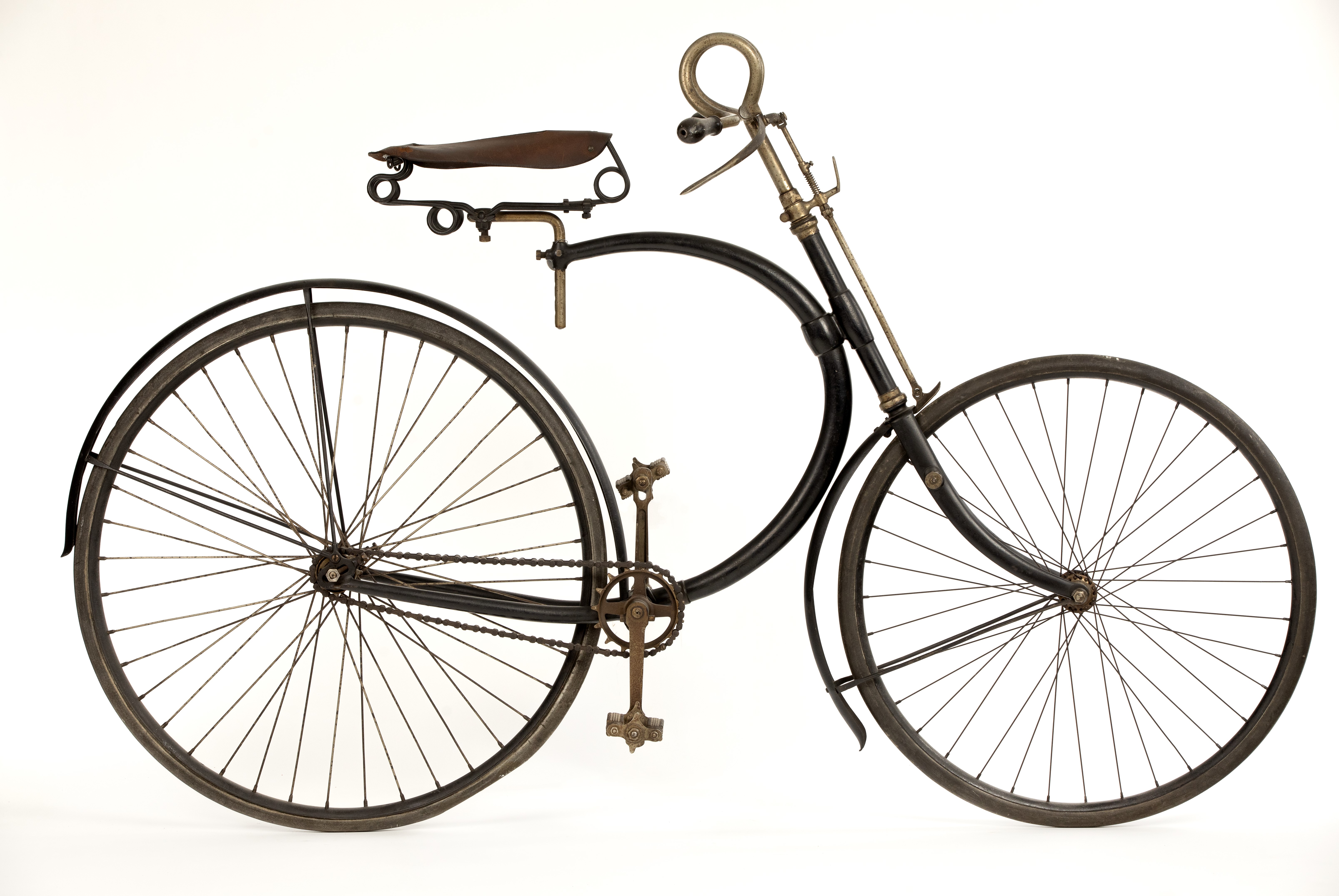
Hirondelle Superb, Manufrance, 1889, collection du musée d'art et d'industrie de la ville de Saint-Etienne
Grcic’s own work does not feature in the exhibition. With no clear brief, he set out to broaden the scope of the sport-and-design relationship far beyond developments in equipment. His aim was to emphasise sport’s inclusivity and the changes impacting the industry, from artificial intelligence to apps, in an open-plan scenography punctuated with Bureau Borsche’s black-and-white typography.

Design Roger Excoffon Alpine Skiing Slalom pictogram (Grenoble) 1968. Courtesy of International Olympic Committee
His starting point was to look at antiquity. In collaboration with GrandPalaisRmn’s moulding atelier, his studio made an acrylic-cement reproduction of Myron’s bronze sculpture of a discus thrower, Discobolus (460-450 BC). Elastic therapeutic tape on the copy and a jar of bodybuilding powder refer to how today’s athletes stay in shape. Meanwhile, a photo of Aboriginal runner Cathy Freeman winning a gold medal in Sydney in 2000 and Hirohiko Araki’s poster of Paralympic sporting gods for the Tokyo Paralympic Games 2020 reflect the widening-up of sport to include women, people of colour and athletes with a disability.
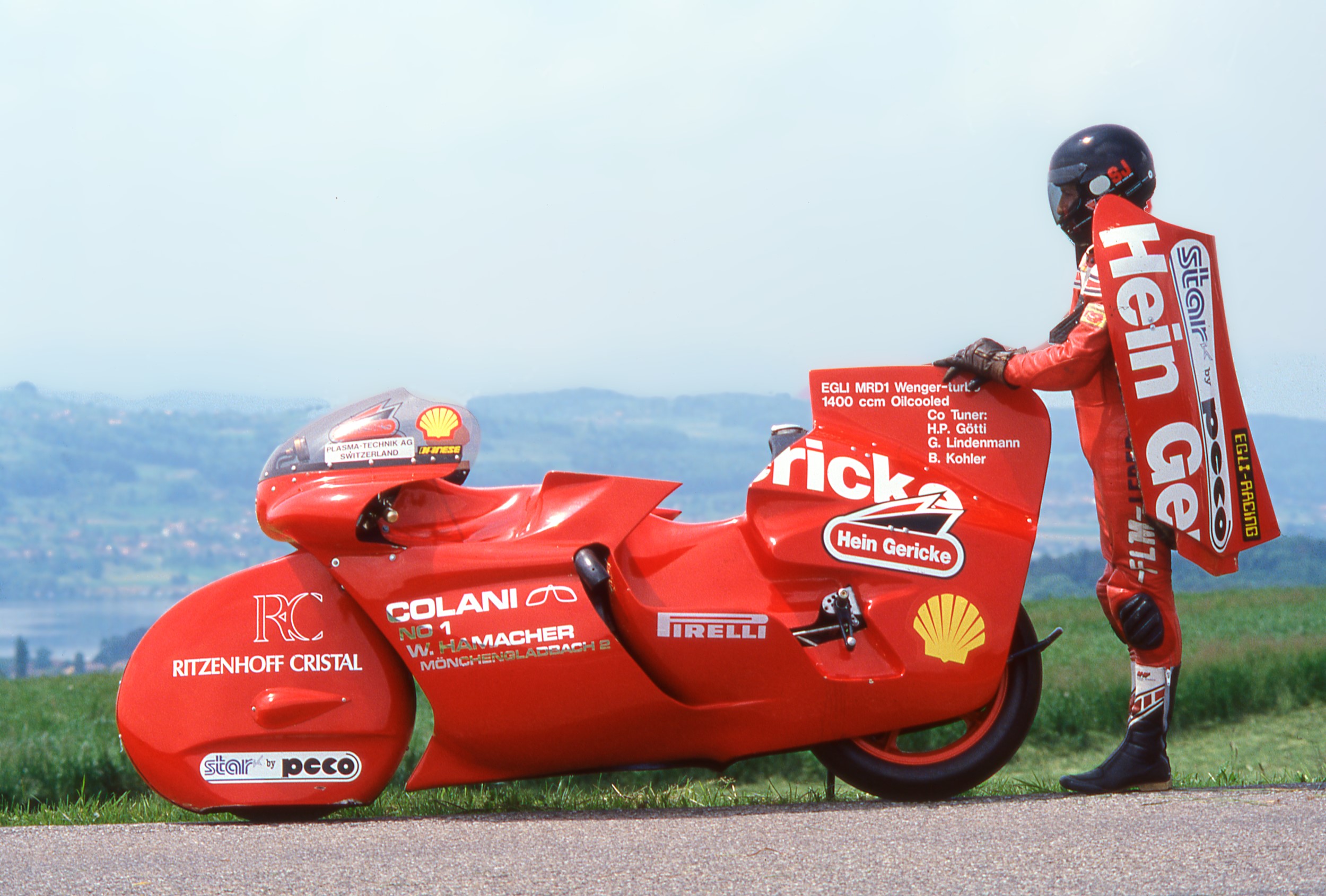
Luigi Colani & Fritz, Egli Egli Colani MRD-1 Motorcycle, 1986. Courtesy of Jo SoppaSIRS
Ergonomic and futuristic vision underpin the historical and modern exhibits. Manufrance’s Hirondelle Superbe (1889), a bicycle with an elegant half-moon shaped frame, and Luigi Colani and Flitz Egli’s MDR-1 (1986), a red motorcycle designed a century later that merges the rider with the machine, are both examples of innovative design.
Yet Grcic has eschewed a pedagogical approach, preferring to let the manifold exhibits speak for themselves. The level of precision explored nowadays is conveyed in Leon Paul’s Sub Zer0 (2022) 3D-printed fencing sword handle with an intricate lattice structure and Hermès’ Selle Faubourg (2024), a bespoke show-jumping saddle customised for one horse and its rider.
Receive our daily digest of inspiration, escapism and design stories from around the world direct to your inbox.
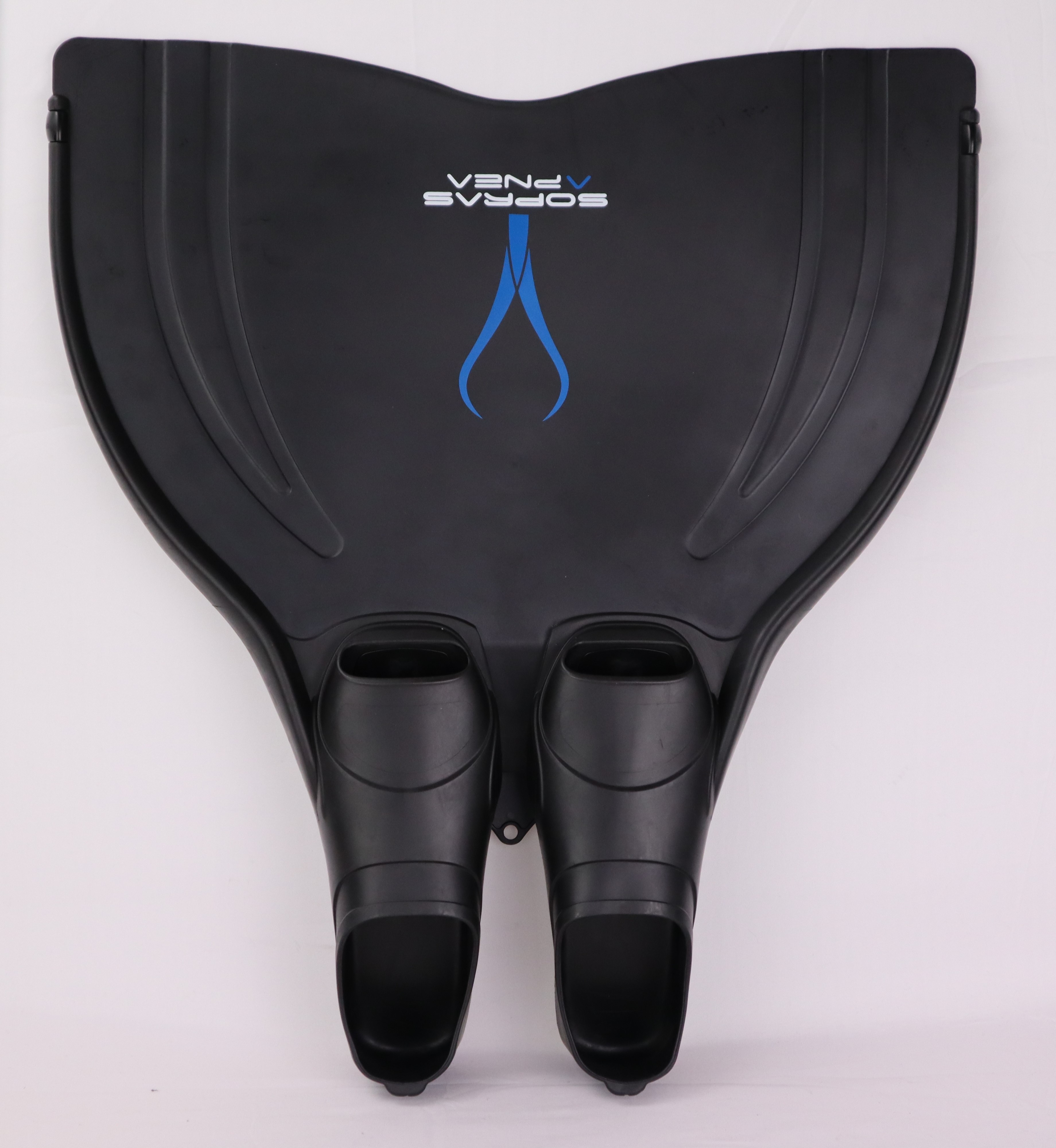
Sopras Apnea Monofin.Courtesy of Sopras Apnea
The exhibition also raises questions, such as how 3D bio-printing could change how injuries are treated. 'I had an accident and have a new knee,' Grcic says. 'With a new implant, do you still qualify as an abled athlete? Do you have an advantage over someone who doesn’t have an artificial one?'
Elsewhere, the potential impact of AI is evoked through the Atlas Humanoid robot (2018) by Boston Dynamics. 'There are only three of these robots in the world and this is the only one which can be lent out for exhibitions; it’s incredible to get hold of it for the length of this show,' Grcic enthuses.
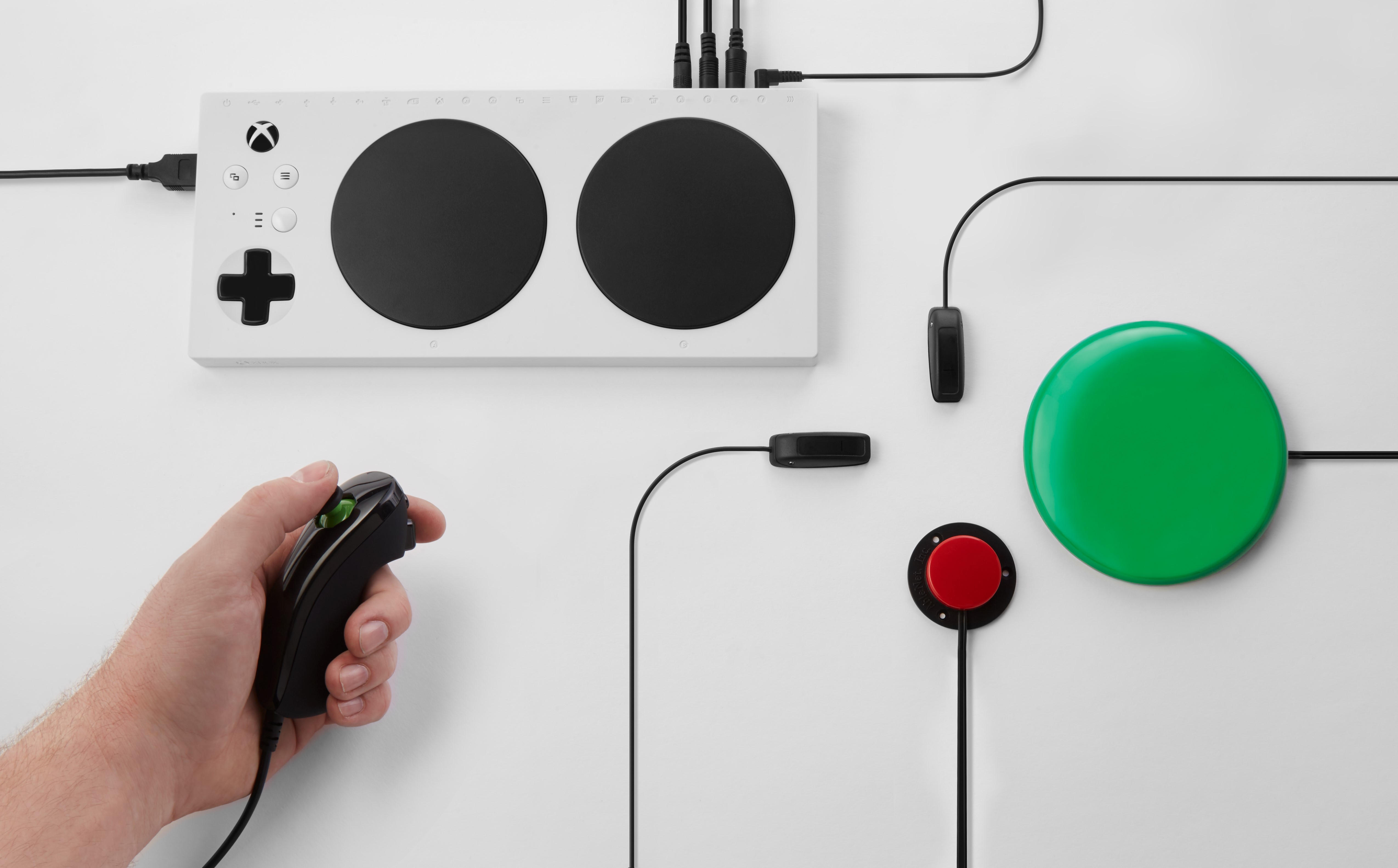
Xbox adaptive controller. Courtesy of Microsoft - Xbox
What’s fascinating is the research that Grcic’s team undertook about technology and big data, from talent-scouting apps to design agency AKQA creating Speedgate, a sport imagined by AI after an algorithm analysed 400 existing sporting activities.
There’s a lot to grapple with in the small-scale exhibition. The fundamental message behind it is clarified in the words above the grandstand at the end: The practice of a sport is a human right. It’s a quote from Pierre de Coubertin, who revived the Olympic Games at the end of the nineteenth century and made the iconic drawing, The Olympic Rings (1913), of five interlocked circles.
'It’s a beautiful design of the logo about five continents coming together for the Games and is still completely fresh,' Grcic remarks.
‘Match, Design & Sport – A Story Looking to the Future’ is on view until 11 August 2024
Musée du Luxembourg
19 Rue de Vaugirard
75006 Paris
museeduluxembourg.fr
konstantin-grcic.com
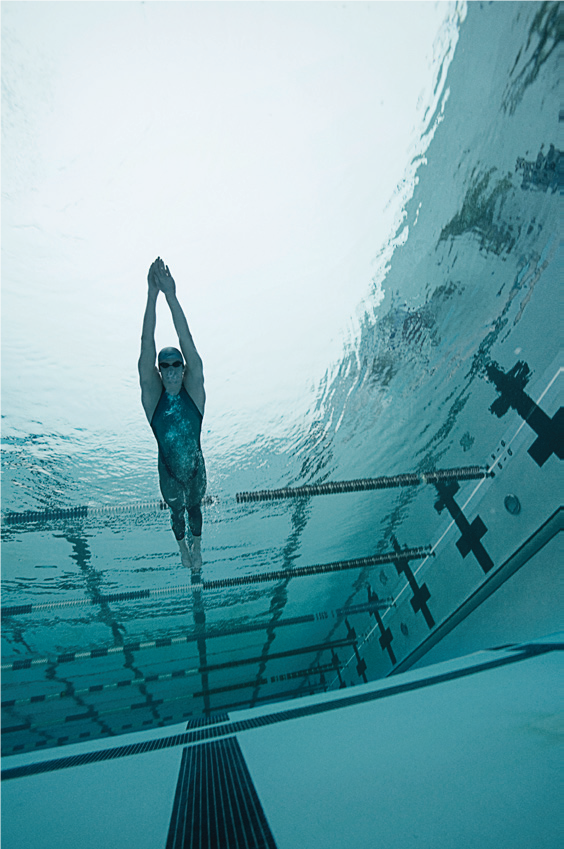
Speedo et Mectex en collaboration avec la NASA, Speedo LZR Racer portée par Michael Phelps
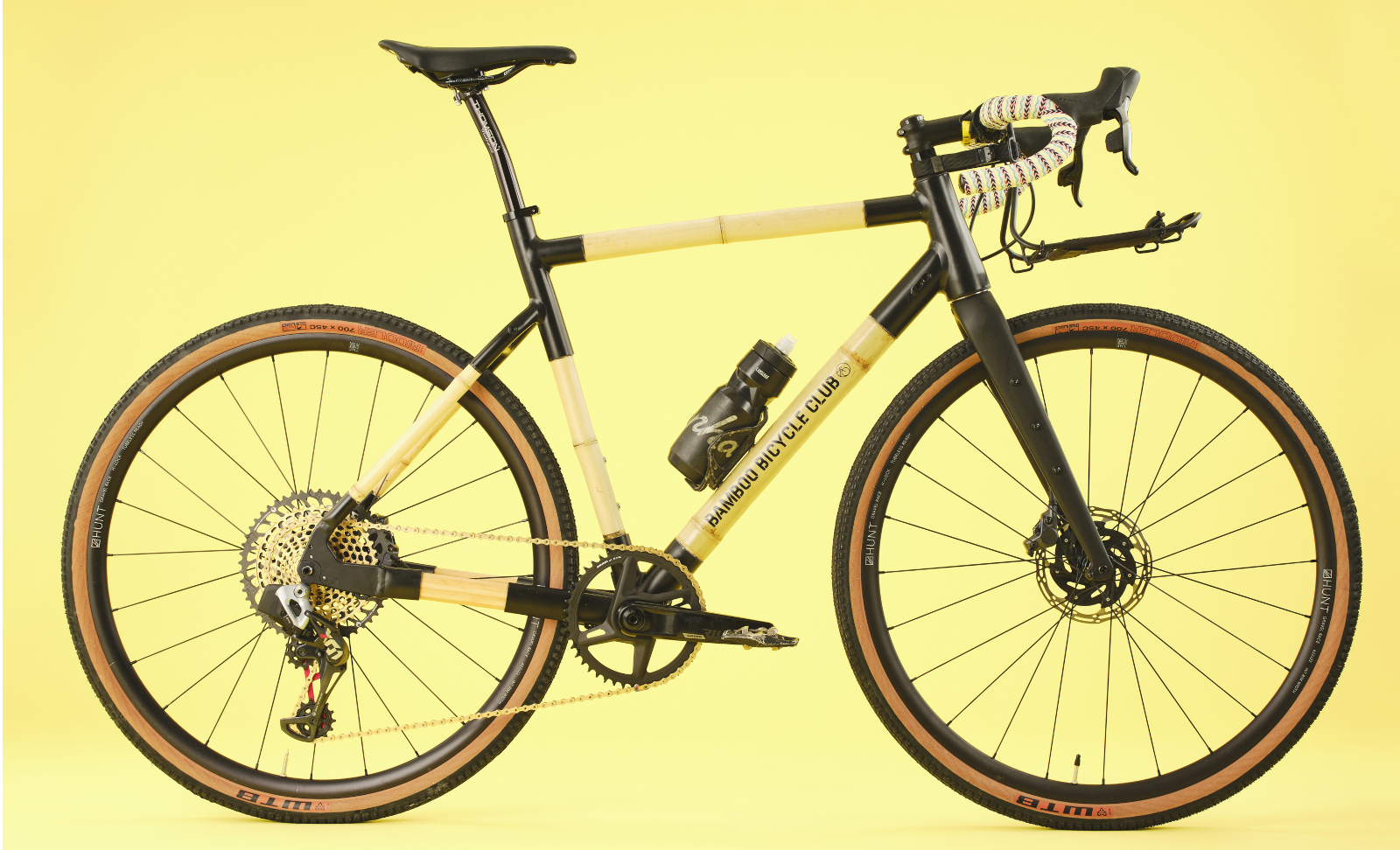
Bamboo Bicycle Club Team
-
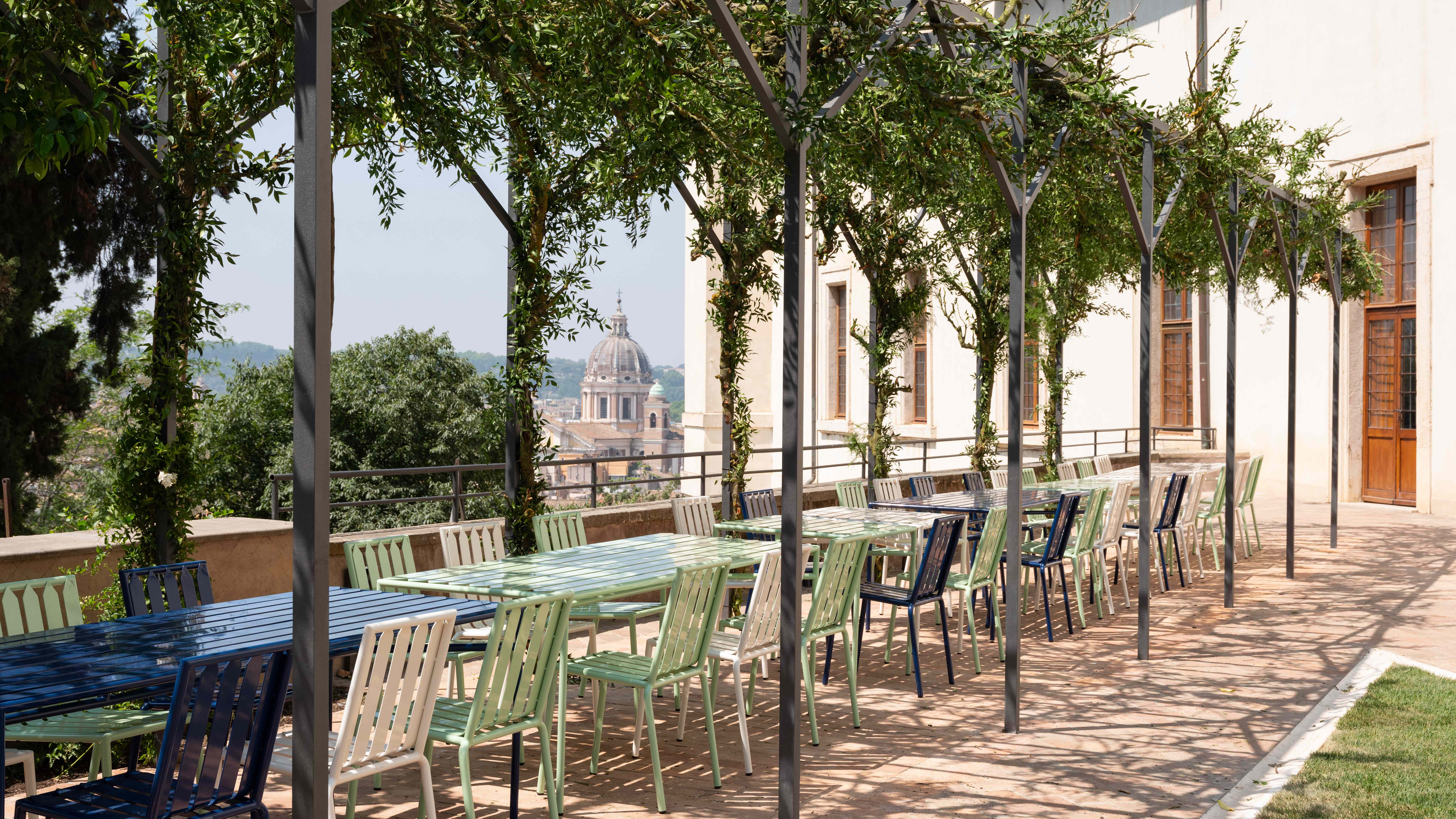 Spend a night at the renovated Villa Medici, ‘one of Rome’s greatest sleepover experiences’
Spend a night at the renovated Villa Medici, ‘one of Rome’s greatest sleepover experiences’Villa Medici is not a hotel; but if you can snag a room at what’s in fact the French Academy in Rome, you’re in for a design treat
-
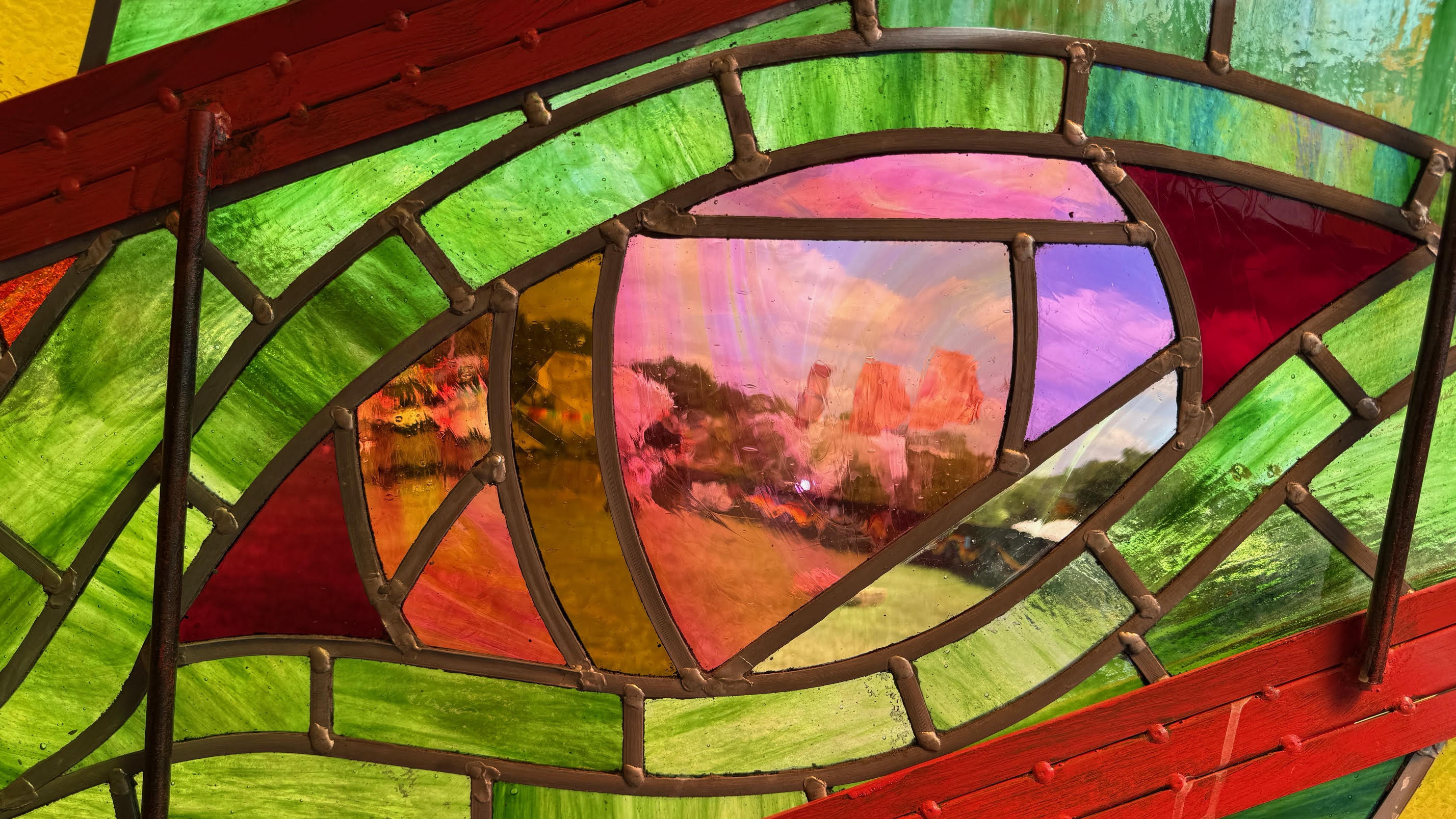 A bespoke 40m mixed-media dragon is the centrepiece of Glastonbury’s new chill-out area
A bespoke 40m mixed-media dragon is the centrepiece of Glastonbury’s new chill-out areaNew for 2025 is Dragon's Tail – a space to offer some calm within Glastonbury’s late-night area with artwork by Edgar Phillips at its heart
-
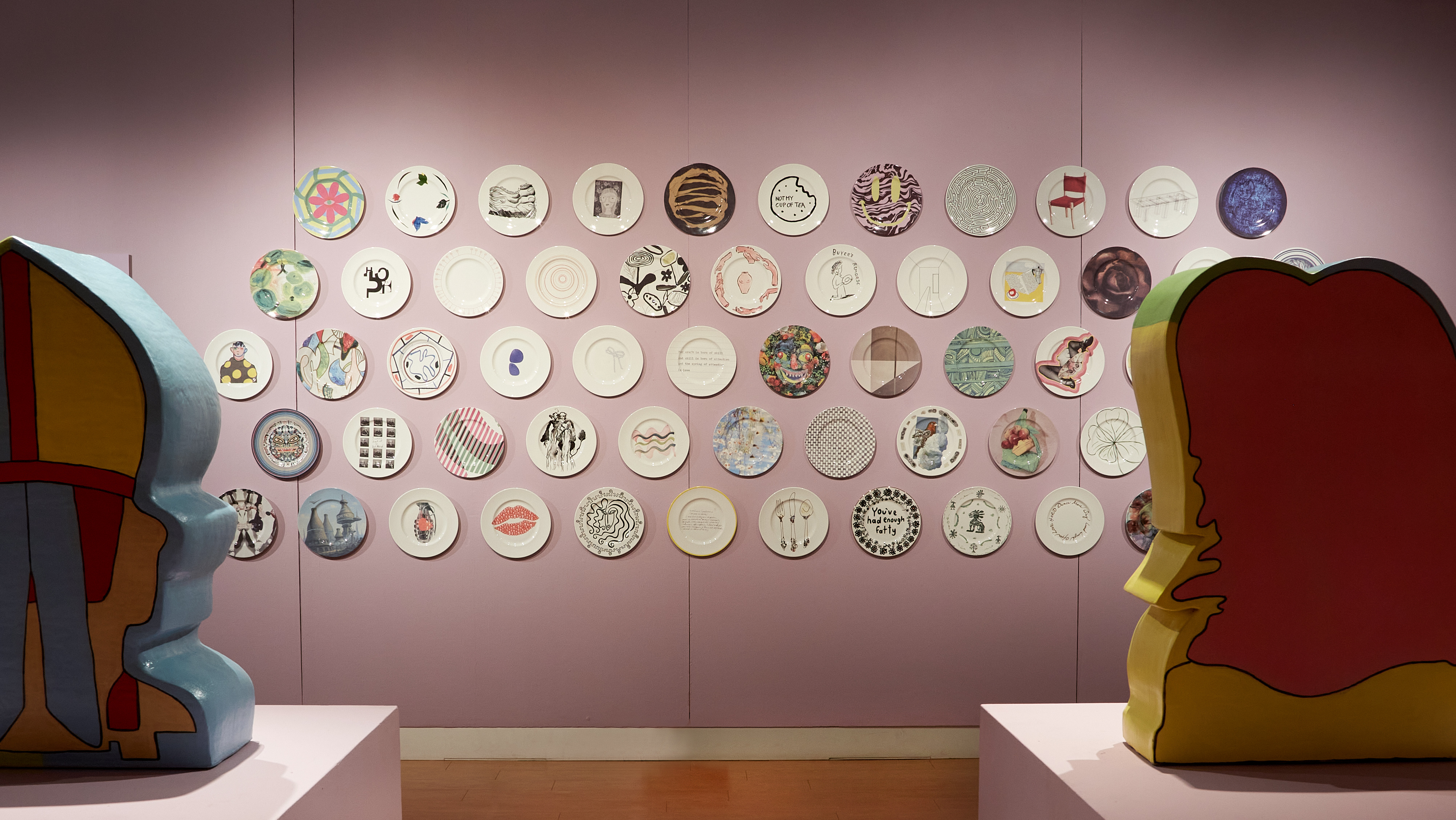 ‘100 Years, 60 Designers, 1 Future’: 1882 Ltd plate auction supports ceramic craft
‘100 Years, 60 Designers, 1 Future’: 1882 Ltd plate auction supports ceramic craftThe ceramics brand’s founder Emily Johnson asked 60 artists, designers, musicians and architects – from John Pawson to Robbie Williams – to design plates, which will be auctioned to fund the next generation of craftspeople
-
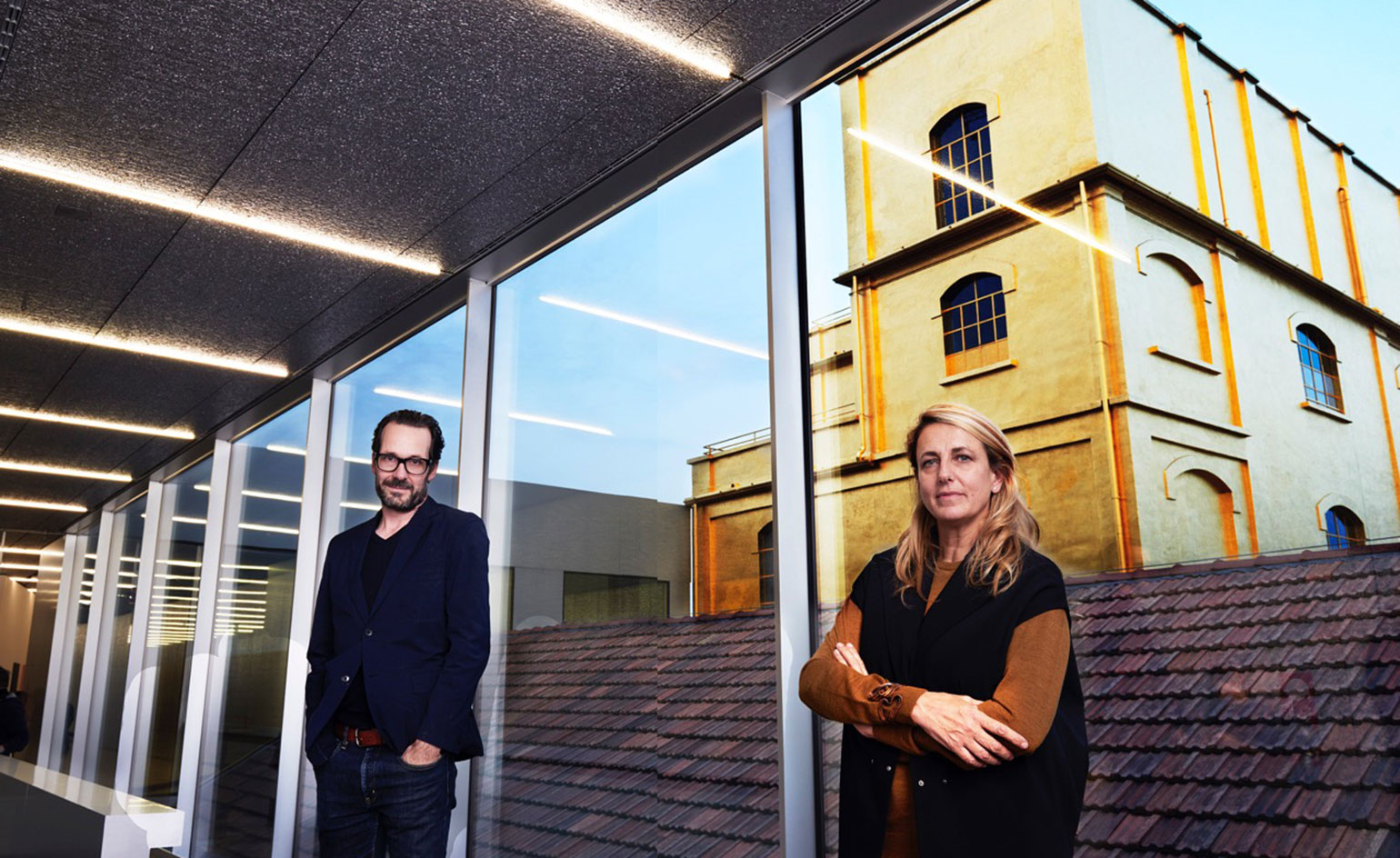 Design Awards 2016 Judges: Konstantin Grcic and Patricia Urquiola
Design Awards 2016 Judges: Konstantin Grcic and Patricia Urquiola -
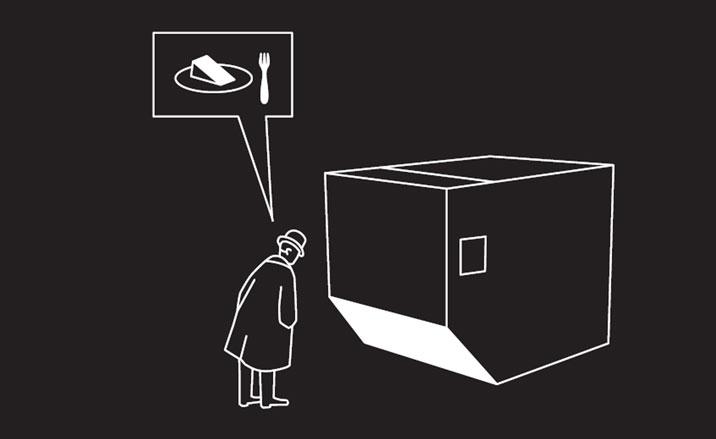 Design Real by Konstantin Grcic
Design Real by Konstantin Grcic -
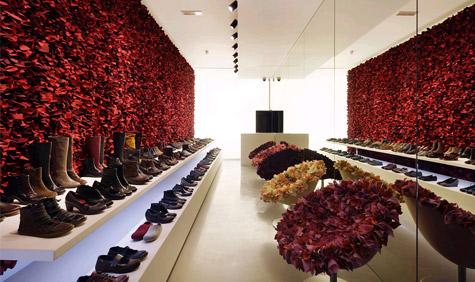 Camper by Yoshioka and Grcic
Camper by Yoshioka and Grcic